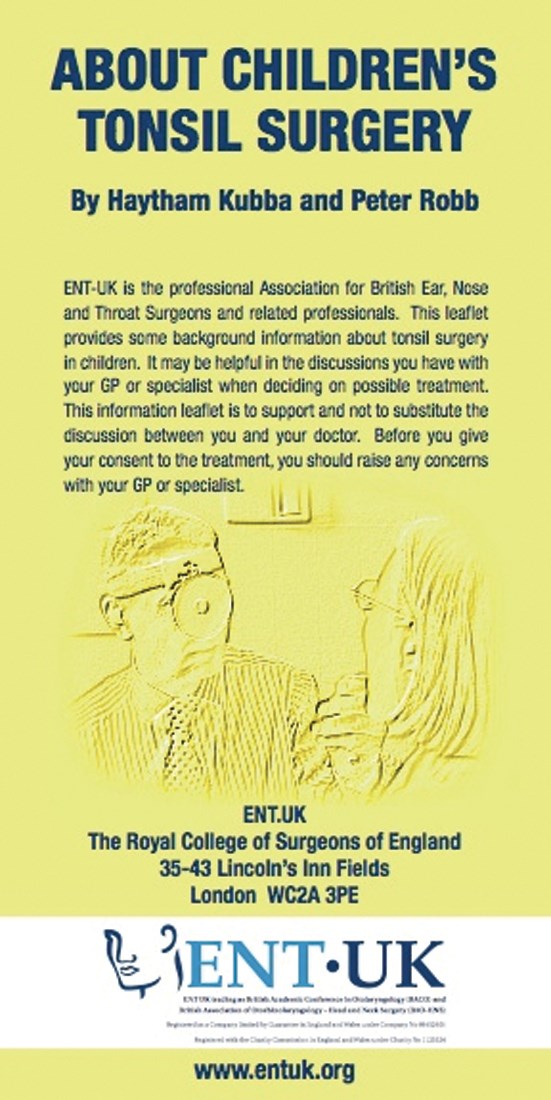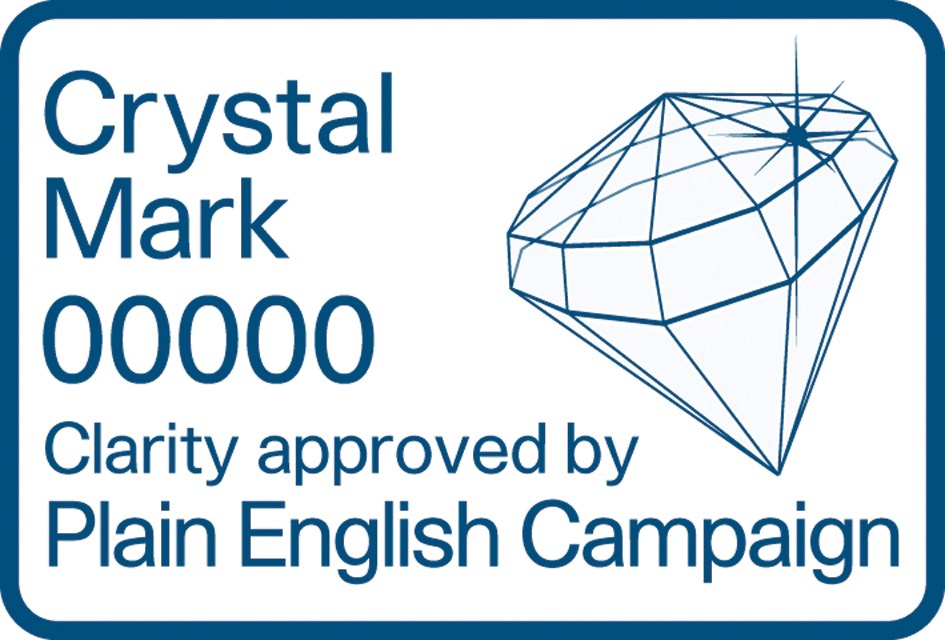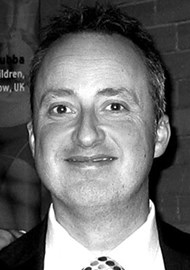Physicians have long been accused of using unnecessarily complicated language and impenetrable jargon as a way of maintaining their status, prestige and high earnings-potential, bamboozling the public and excluding them from meaningful discussion as part of what George Bernard Shaw called “a conspiracy against the laity” in his 1906 play, A Doctor’s Dilemma.
Barriers to communication
I am sorry, but as opening sentences go, that one is terrible. It is way too complicated and wordy. In fact, a sentence like that requires the reading skills expected of a university student and many people (normal, intelligent people that we encounter every day) will struggle to make their way through it. This is important for doctors to acknowledge because effective communication is at the heart of everything we do, and a surprisingly large proportion of our patients struggle with language. Some patients use English as a second or third language. Others are native English-speakers but lack basic literacy skills: in a small study of general otolaryngology outpatients in Glasgow, more than a quarter were only able to read at a primary school (elementary school) level [1] and this is by no means peculiar to Glasgow.
Literacy and poor health are both related in some degree to socio-economic deprivation, so people with poor literacy skills will be over-represented in any healthcare setting. It makes sense that these patients could be vulnerable to poorer health outcomes if literacy is acting as a barrier to information, and there are hints in the literature of a direct and tangible effect of poor literacy on clinical outcomes, such as compliance with medication [2]. Giving information to patients is often seen as an end in itself (as part of the consent process, for example), but it becomes even more important to us as clinicians if it can be shown to affect our results.
“Medicine has evolved a particularly Baroque vocabulary, and everyone knows that medical students learn more new words than language students do.”
Unfortunately, plain English is surprisingly difficult to use and it is very easy to find yourself lapsing into complex language and jargon. There are many reasons why, some more forgivable than others. Pomposity and a desire to seem intelligent are commonplace among doctors and at the less forgivable end of the spectrum (the opening sentence of this article might stand as a good example of that). In our defence, doctors mostly use jargon and complex language because we just can’t help ourselves. We are trained that way. Medicine requires a precision in language that requires specific terminology. Just think how difficult it is to communicate effectively using vague, ambiguous terms such as “dizziness” and “choking”, where doctor and patient may find that they are talking about completely different phenomena. Medicine has evolved a particularly Baroque vocabulary, and everyone knows that medical students learn more new words than language students do. With patients, though, there is no point using a word, no matter how precise and correct it may be, if they don’t know what it means. The ability to convey important information in simple language without compromising accuracy is very difficult to achieve and requires considerable practice and skill.
Information leaflets
Health professionals love giving out leaflets to patients. Leaflets are inexpensive, easy to use and widely available. Patients don’t need an internet connection or smartphone to access them, and they can be provided in different languages to suit your local population. They are also known to work, at least in increasing patients’ recall of pertinent facts [3].
Writing a leaflet is easy: writing a good leaflet is difficult and time-consuming. Time and again, studies show that patient information leaflets are written in complex language that many patients will struggle to understand [1, 4-6]. Content is hugely variable and not always based on best evidence. So, how should you go about writing a leaflet? The first question to answer is whether you need to write a new leaflet at all. If someone else has already done all the hard work, why reinvent the wheel? ENT-UK, for example, has a large selection of leaflets on common otolaryngology procedures and conditions (Figure 1) available on its website to order or download [7]. If you insist on writing your own leaflet, the ENT-UK method is an example of how these things should be done [8]: they are written by experts assisted by a patient liaison group, with content based as far as possible on systematic reviews of the published evidence, regularly updated and edited for clarity of language. Patient involvement is key to a good leaflet and there is no substitute for patient feedback both on readability and content.

Figure 1: ENT-UK information leaflet.
There are various readability scores available to help with written English [9]. While none is perfect, they are useful as a supplement to common sense. The Simple Measure of Gobbledegook (SMOG), for example, is based on the average number of three-syllable words per sentence. So if you find your writing has a high SMOG score it leads you to reduce the number of long words and also to shorten the sentences, both sensible (but not foolproof) ways to improve readability. Microsoft Word will analyse readability as part of its built-in spelling and grammar check, displaying the result as the Flesch Reading Ease Score and Flesch readability grade. The Plain English Campaign has resources available to help your writing [10]. They will also review and edit your writing (for a fee) and endorse it with a Crystal Mark for clarity of language (Figure 2).

Figure 2: The PEC Crystal Mark.
The Internet
Everything we know about paper patient information leaflets can be applied to websites. It was suggested some time ago that increased text-based communication (email, text massages, web chat, etc.) would lead to a rise in literacy skills in young people. In reality, it has just provided more opportunities to struggle. Web-based information resources can be enormously useful but they should be written with the same attention to writing style as leaflets. The Plain English Campaign offers an Internet Crystal Mark for websites that are written in plain language.
Verbal communication
The lessons we learn from written communication can be just as relevant to how we talk to patients. It is very informative to sit in on a colleague’s consultation and listen to the complexity of the language they use; all too often they are unaware of how many long words and bits of jargon they use. Of course, you have to be willing to let your colleague sit in on one of your consultations and critique you in return which is usually just as revealing! Try making your trainees explain tonsillectomy to a four-year-old child. This is really fun and a good discipline for all of us to get into as a routine part of consultation. If the four-year-old understands the rationale behind the operation and the likely course of events in admission, operation, discharge and recovery then their parents will too, so only one explanation is required. It just needs to be kept simple.
Medical writing
Research papers and textbook chapters are written in rather dense language, usually in the passive voice. They can be a little hard to digest. There is no real reason why they have to be this way, but everyone writes in this style simply because it is the norm. Perhaps authors are afraid that plain language will make them seem less intellectual or serious. There is every reason to believe that scientific work written in simple accessible language will be more widely read and understood, and therefore have a greater impact. Go through your draft papers with a red pen and a very simple rule: for each and every word in the paper, does the meaning change if we delete the word? If the answer is “no”, delete the word. Your papers will be much shorter, but all the better for it. Maybe I should go back to the start of this article and do the same…
References
1. Kubba H. Reading skills of otolaryngology outpatients: implications for information provision. J Laryngol Otol 2000;114(9):694-6.
2. Chew LD, Bradley KA, Flum DR, Cornia PB, Koepsell TD. The impact of low health literacy on surgical practice. Am J Surg 2004;188(3):250-3.
3. Aremu SK, Alabi BS, Segun-Busari S. The role of informed consent in risks recall in otorhinolaryngology surgeries: verbal (nonintervention) vs written (intervention) summaries of risks. Am J Otolaryngol 2011;32(6):485-9.
4. Svider PF, Agarwal N, Choudhry OJ, Hajart AF, Baredes S, Liu JK, Eloy JA. Readability assessment of online patient education materials from academic otolaryngology-head and neck surgery departments. Am J Otolaryngol 2013;34(1):31-5.
5. Eloy JA, Li S, Kasabwala K, Agarwal N, Hansberry DR, Baredes S, Setzen M. Readability assessment of patient education materials on major otolaryngology association websites. Otolaryngol - Head & Neck Surg 2012;147(5):848-54.
6. Kasabwala K, Agarwal N, Hansberry DR, Baredes S, Eloy JA. Readability assessment of patient education materials from the American Academy of Otolaryngology - Head and Neck Surgery Foundation. Otolaryngol - Head & Neck Surg 2012;147(3):466-71.
7. https://entuk.org/ent_patients/information_leaflets
8. Kubba H. An evidence-based patient information leaflet about otitis media with effusion. Clinical Performance & Quality Health Care 2000;8(2):93-9.
9. http://www.readabilityformulas.com/
10. http://www.plainenglish.co.uk/
Declaration of Competing Interests: None declared.




